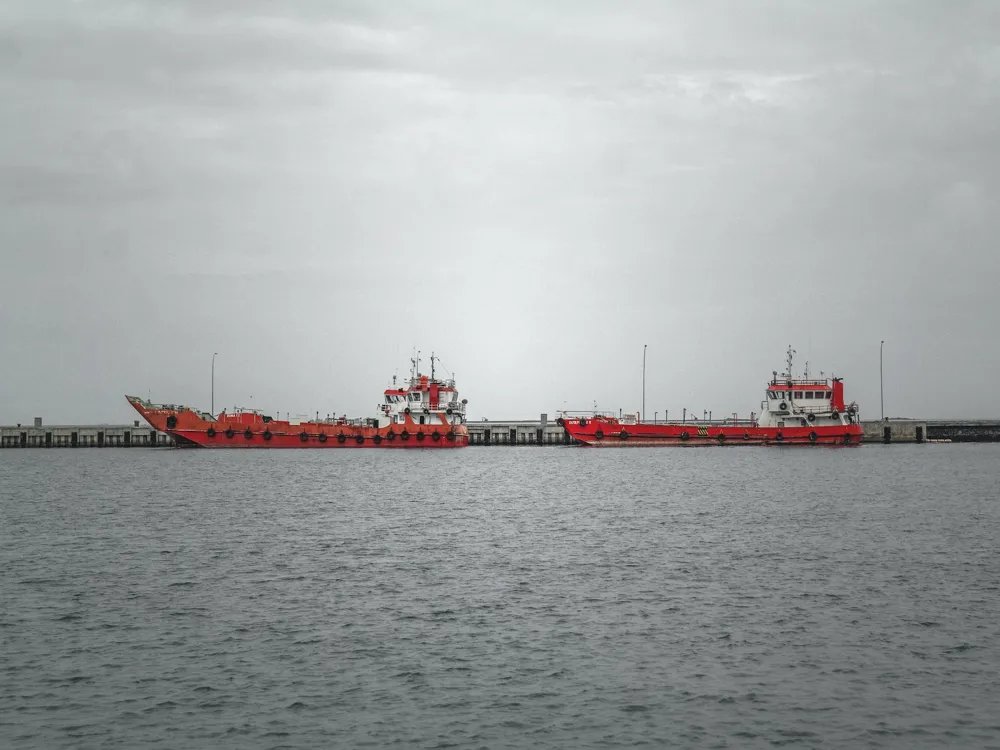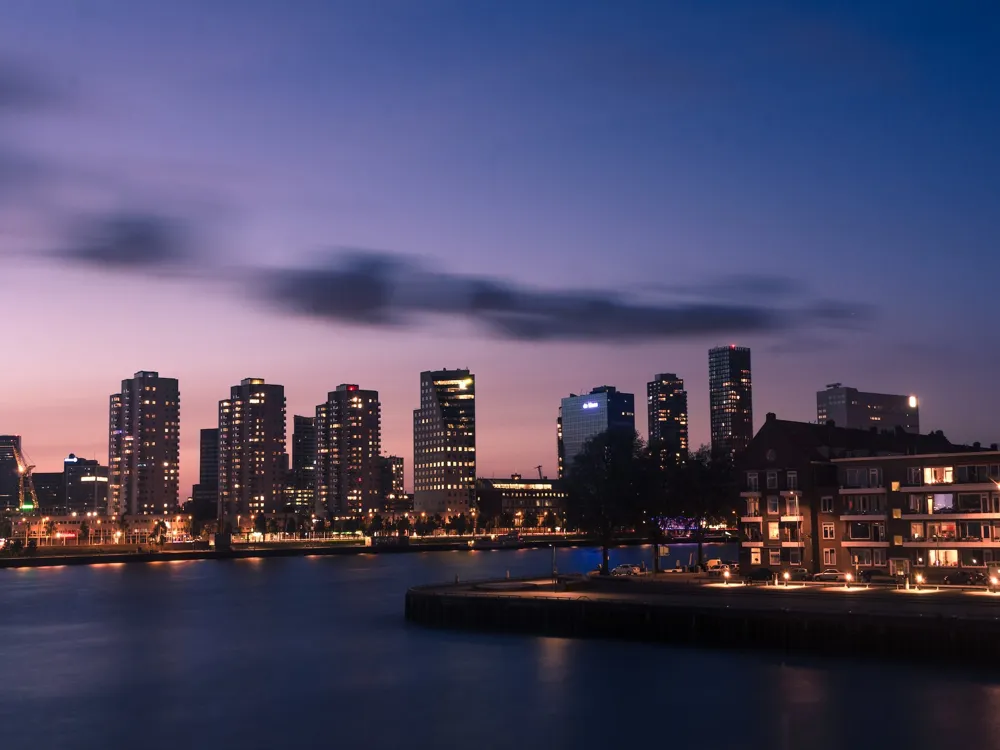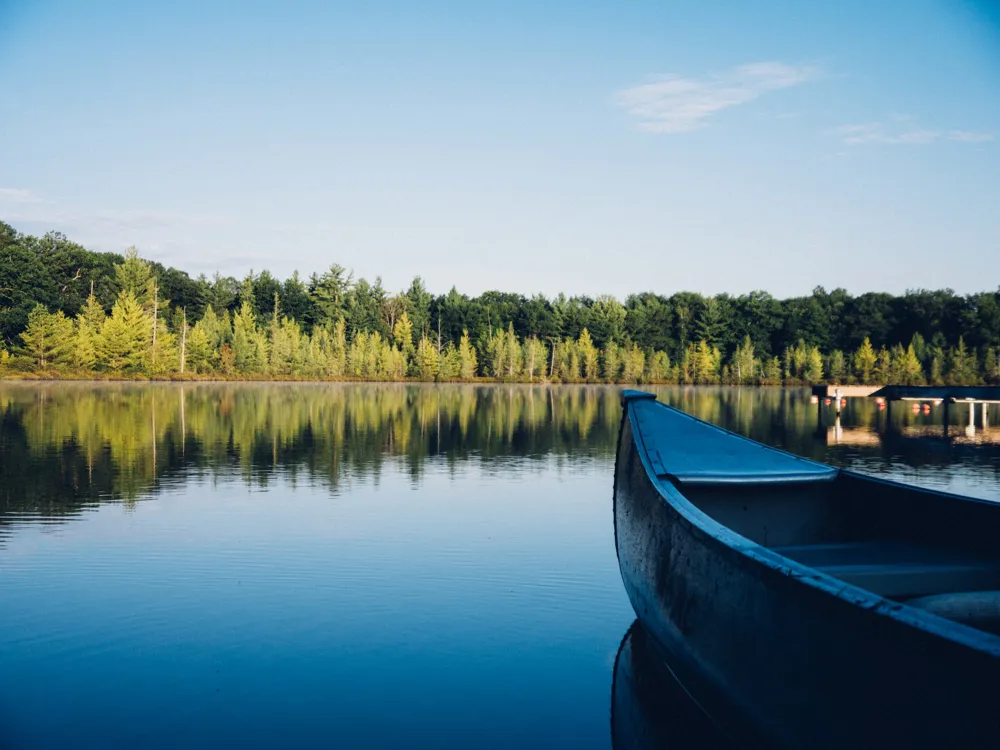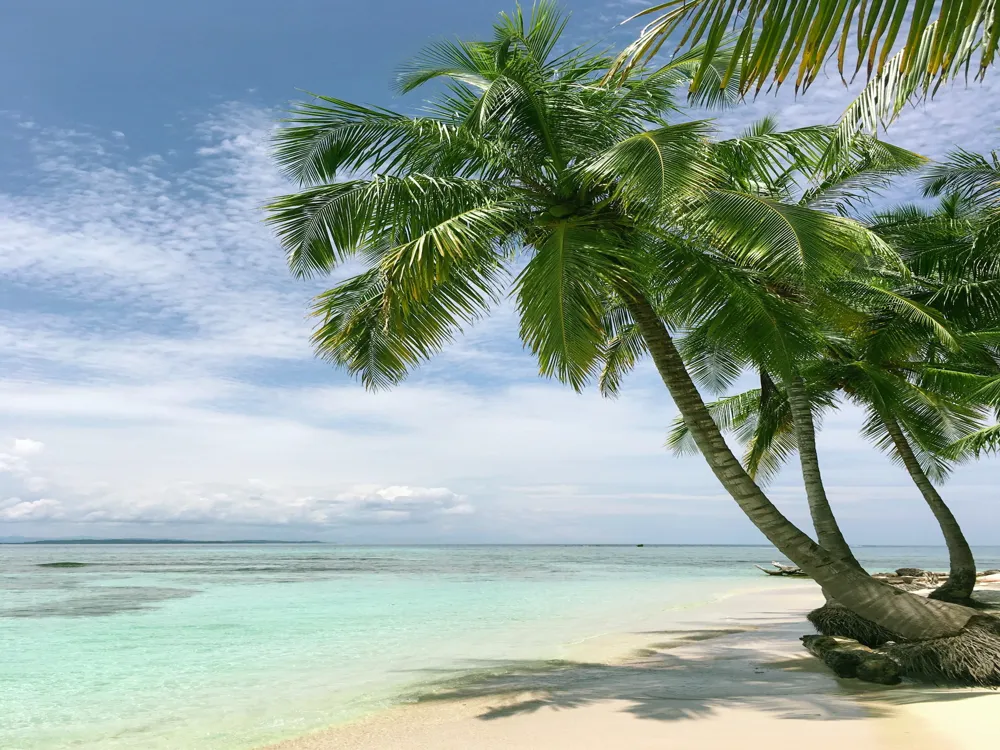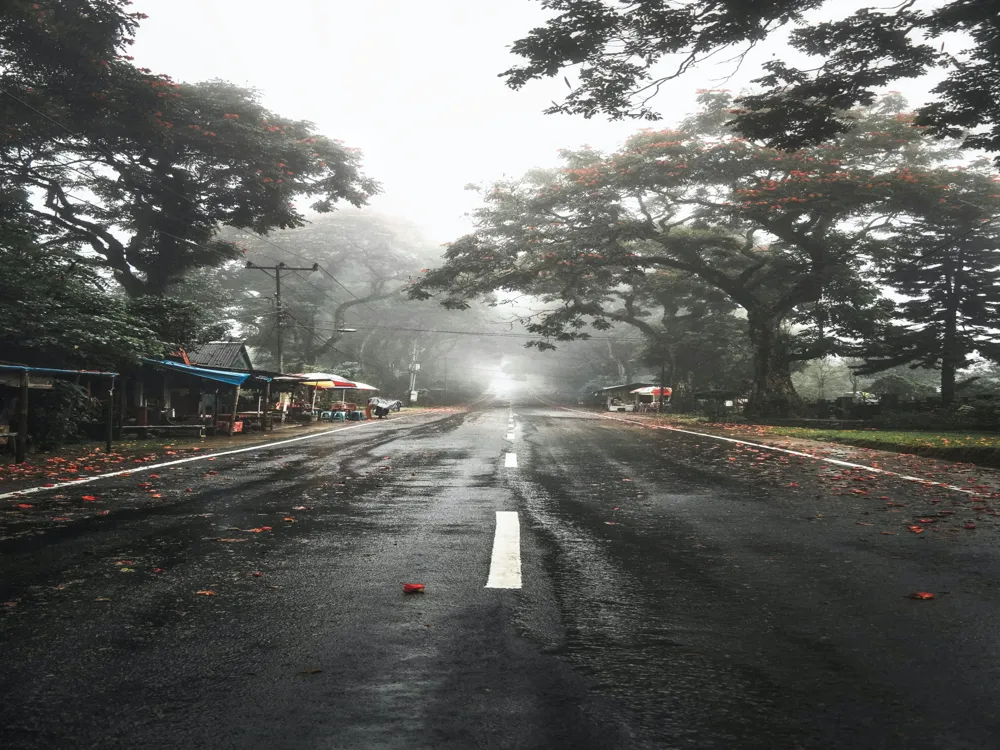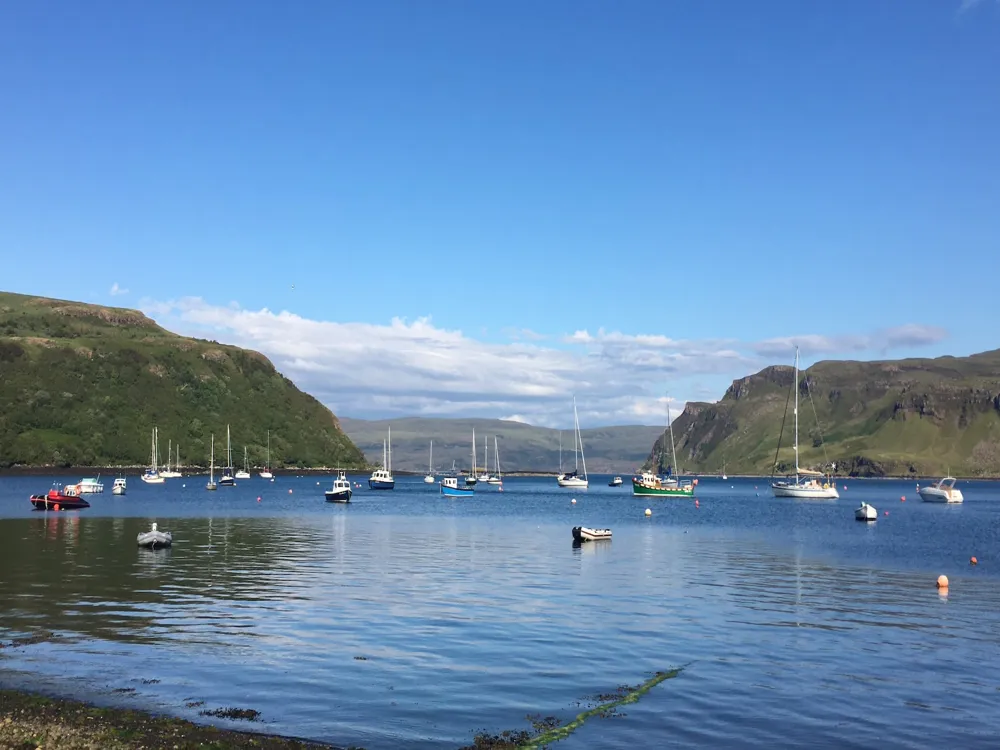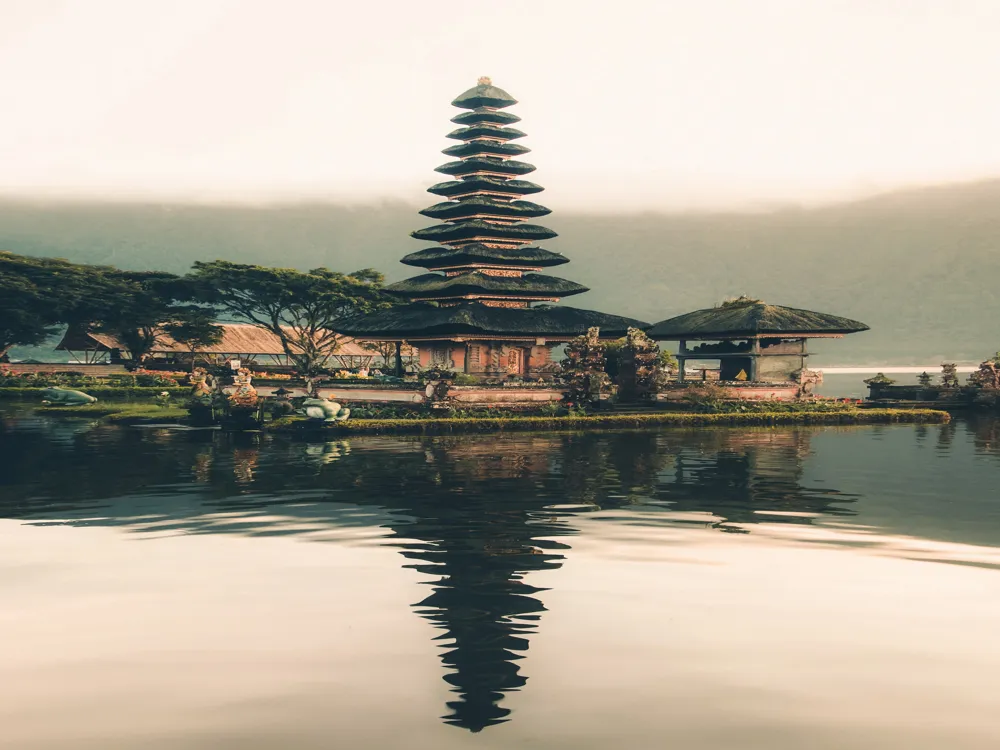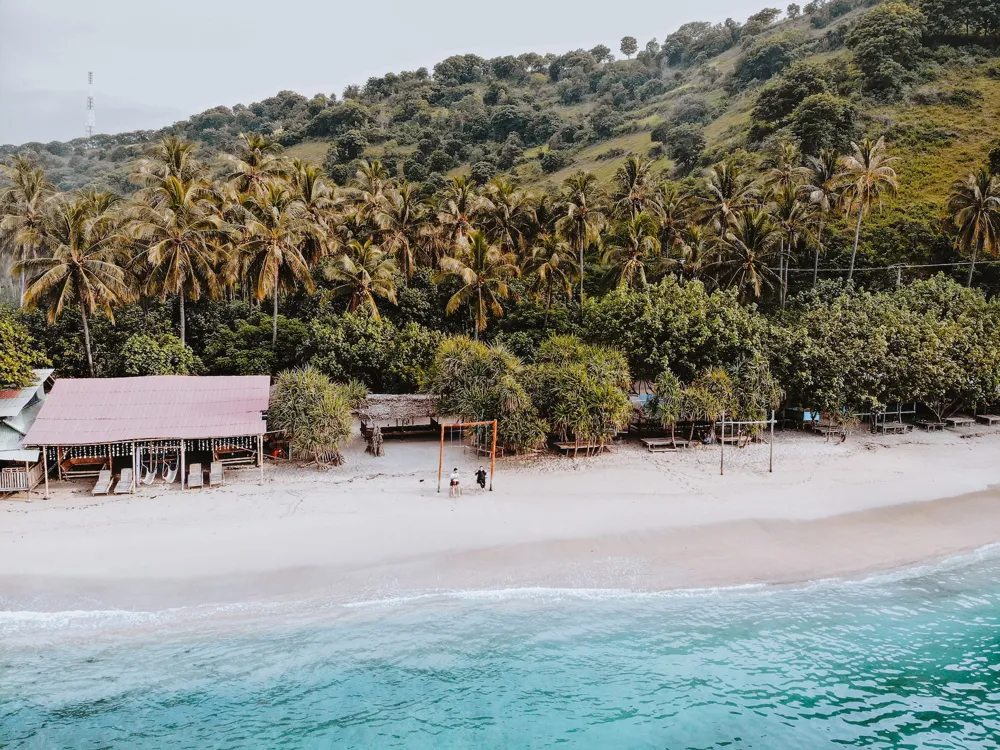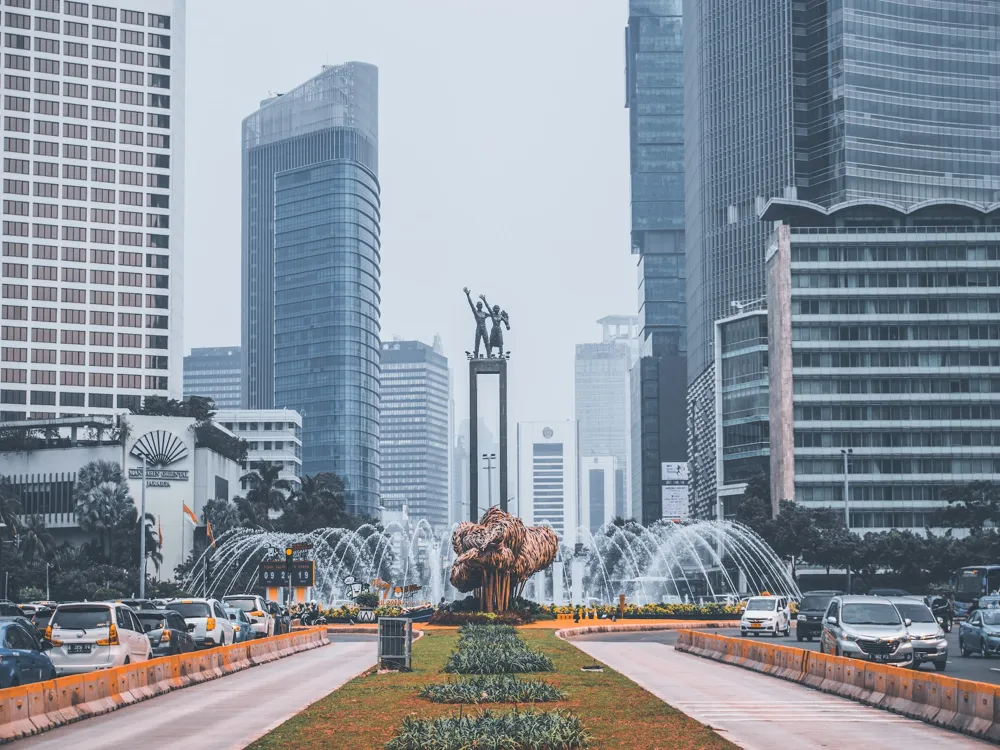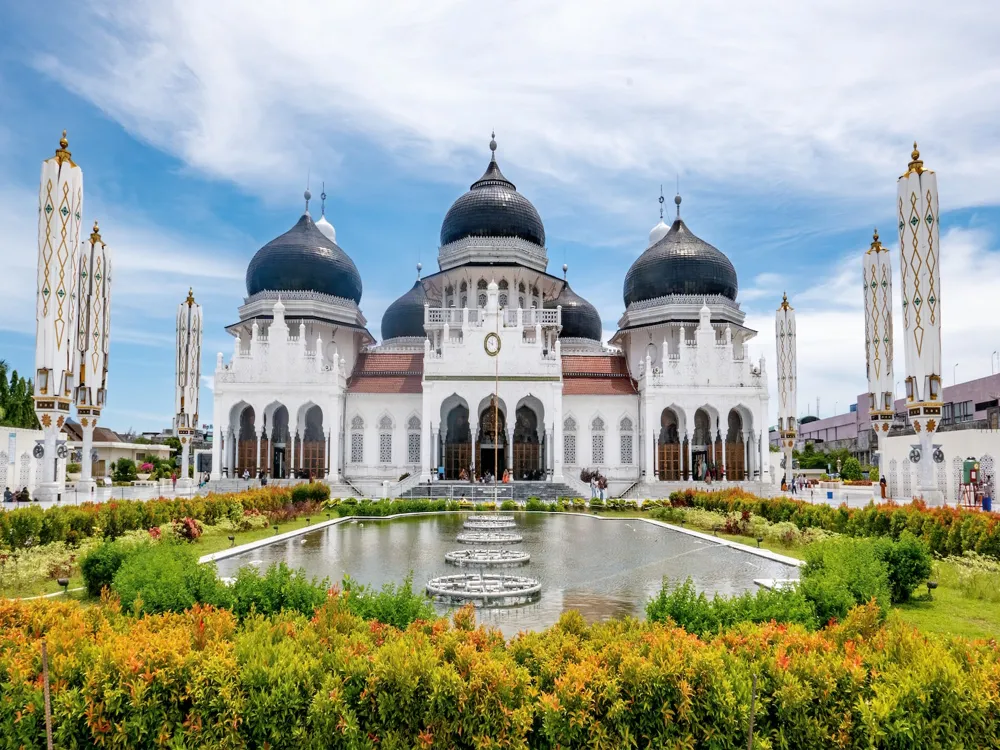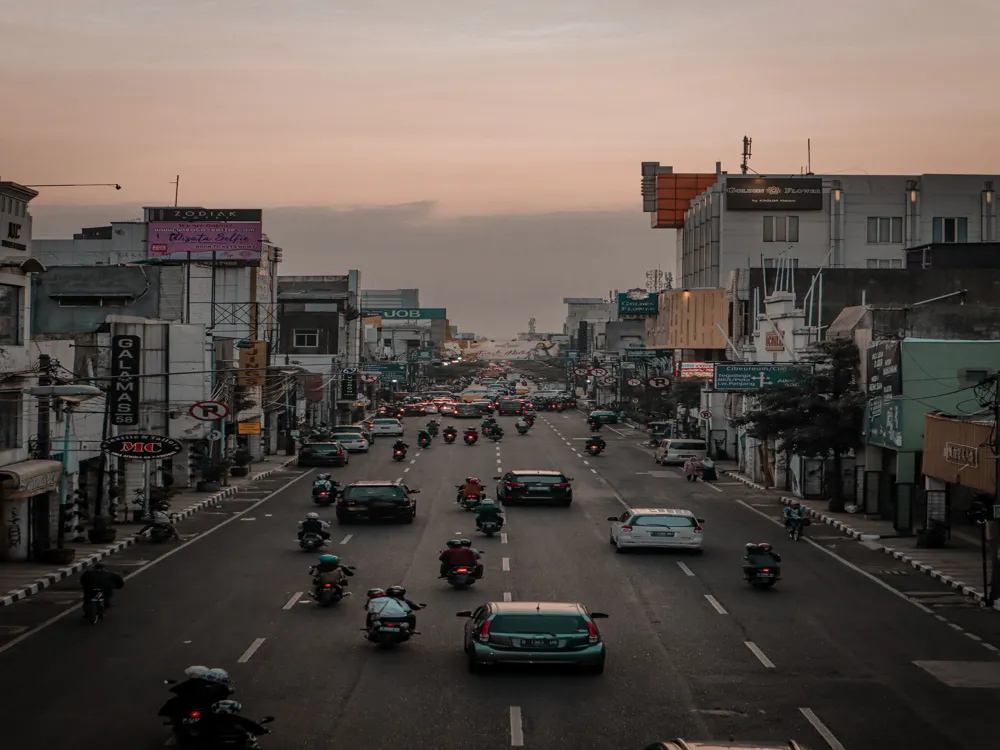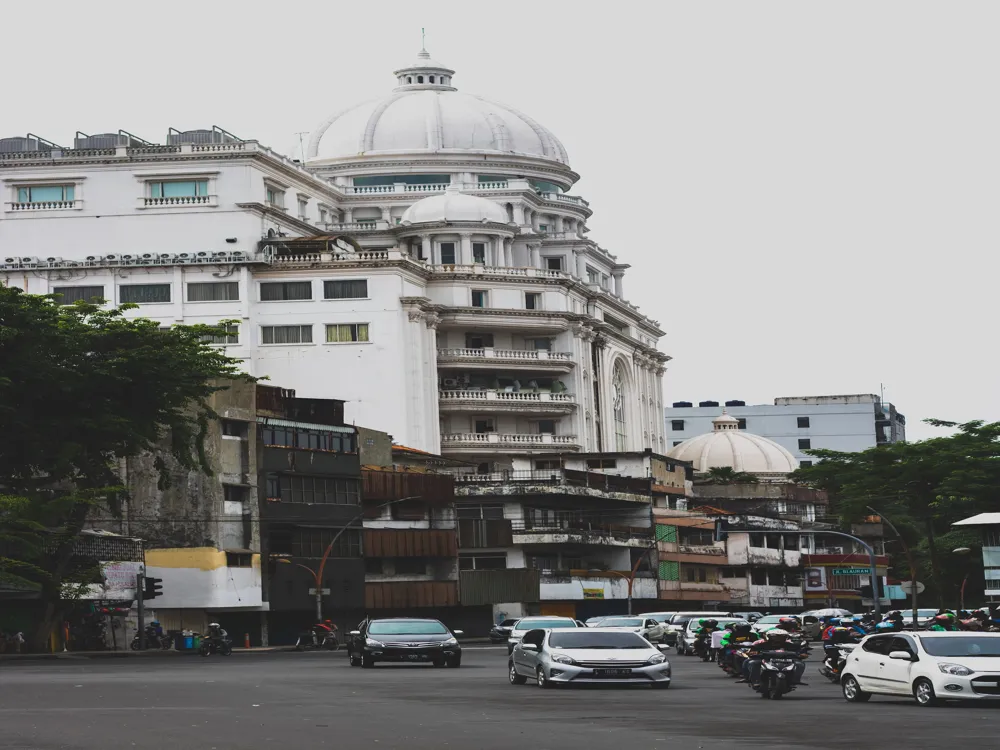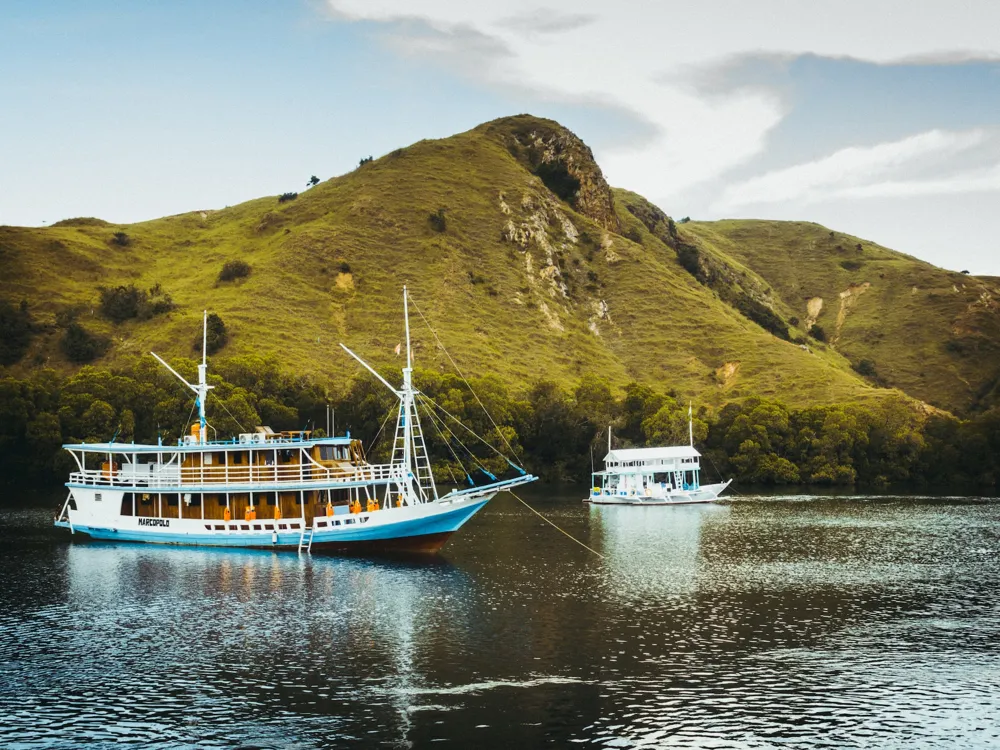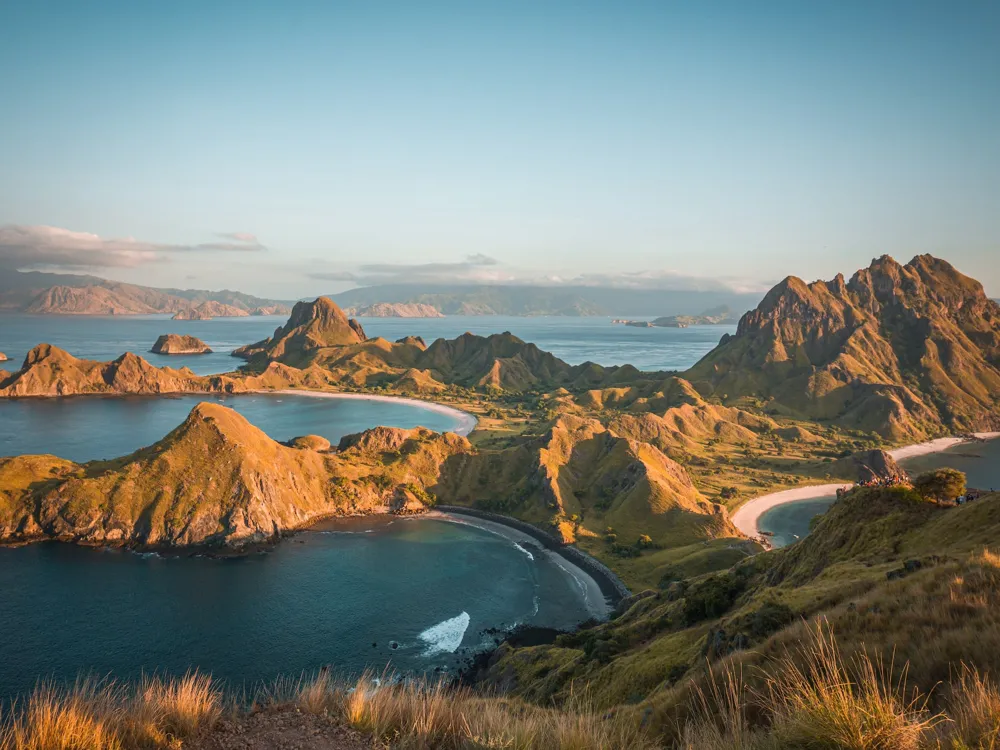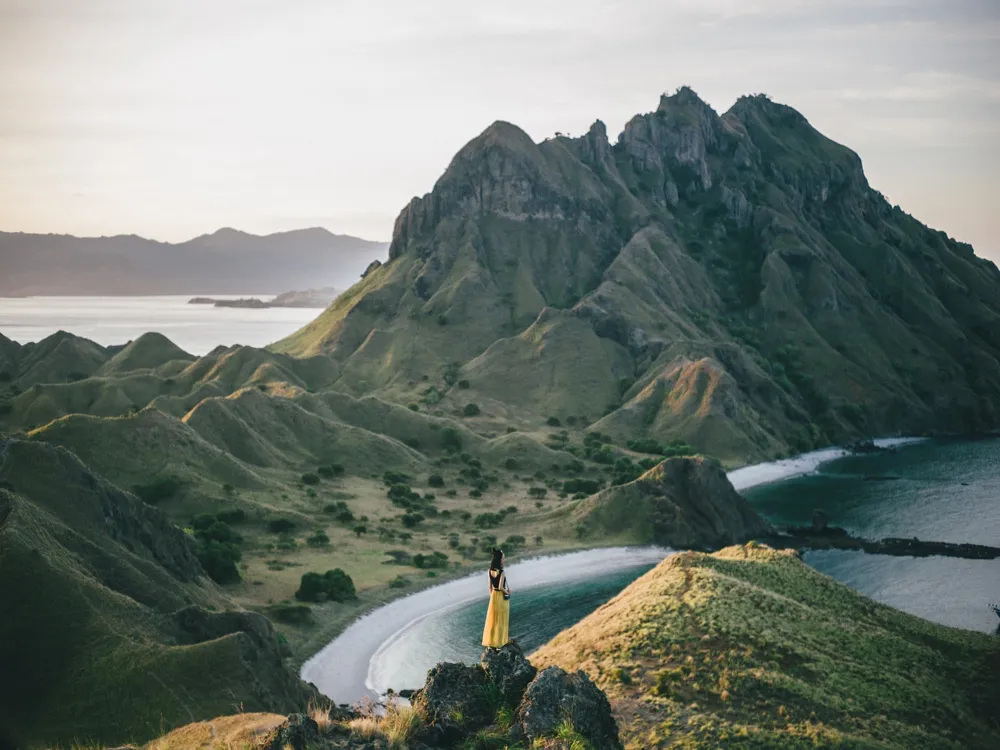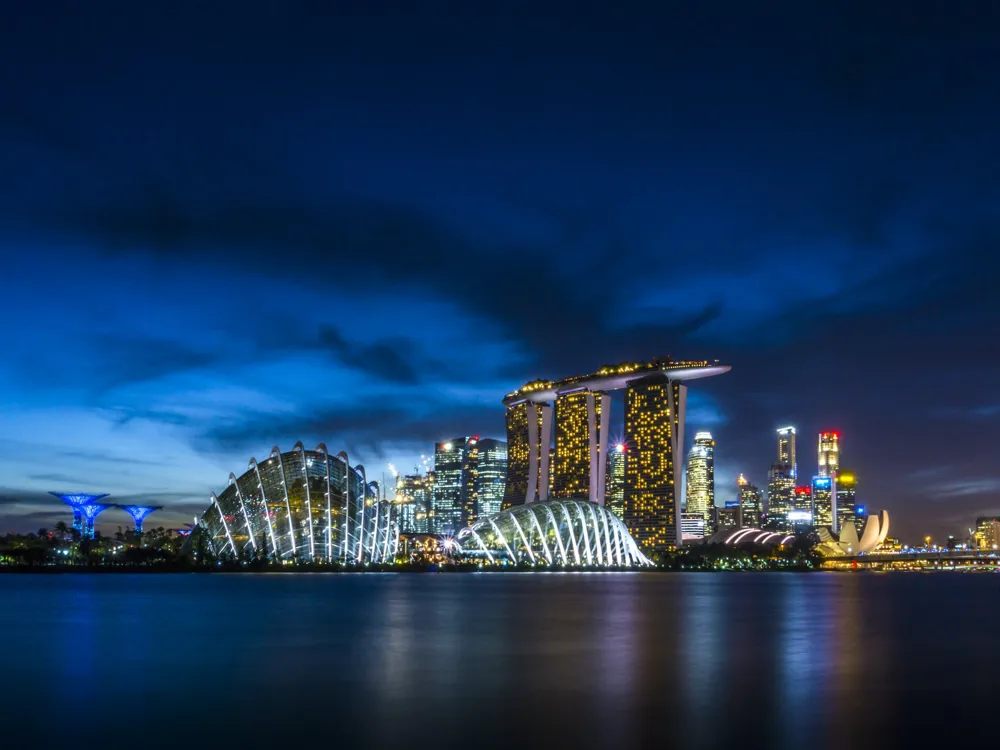Fort Somba Opu, a historic fortress located in Makassar, Indonesia, stands as a testament to the region's rich cultural and historical heritage. Originally constructed in the 16th century by the Gowa Sultanate, the fort was a pivotal site in the spice trade era, symbolizing strength and resilience. Over the centuries, Fort Somba Opu has witnessed numerous battles, including those against colonial powers. Its strategic location at the mouth of the Jeneberang River made it a crucial point for trade and defense. The fort's architecture is a fascinating blend of indigenous Gowanese, Dutch, and Portuguese influences, reflecting the diverse interactions and conflicts that shaped Makassar's history. Visitors today can explore the remnants of the fortress walls, gates, and some structures that have withstood the test of time. The site has been meticulously restored, offering a glimpse into the past with its cannons, bastions, and the unique layout that speaks of ancient warfare and defense strategies. Fort Somba Opu is not just a historical monument; it is a cultural symbol of Makassar's identity. The fort's history is closely tied to the rise and fall of the Gowa Sultanate and Makassar's role in the regional spice trade. In the 17th century, it was one of the most formidable fortresses in the region until its destruction by Dutch forces. The reconstruction efforts in the late 20th century have revived its glory, making it a prominent historical and tourist site. The fort also hosts various cultural events and festivals, serving as a hub for the promotion of local arts and crafts. Its lush surroundings and the nearby river offer a serene backdrop, making it a popular spot for both locals and tourists. The site's museum provides valuable insights into the region's history, showcasing artifacts, traditional weaponry, and exhibits on the fort's strategic importance in the spice trade era. The architecture of Fort Somba Opu is a remarkable fusion of local and colonial influences, embodying the history of Makassar. The fort was originally designed following traditional Gowanese military architecture, characterized by high walls, sturdy gates, and strategic positioning for defense. The influence of Portuguese and Dutch architectural styles became evident after their involvement in the region, leading to modifications and enhancements in the fort's design. The fort's walls, built with a mix of coral stone and bricks, illustrate the adaptation of local construction techniques with European military architecture. These thick walls were designed to withstand cannon fire, a significant consideration during the era of naval warfare. The layout of the fort includes bastions at strategic points, providing vantage positions for defense against invaders. Each bastion was equipped with cannons, some of which still stand today as relics of the past. The main entrance to the fort is a noteworthy feature, showcasing intricate designs and robust construction. Inside the fort, one can find the remnants of administrative buildings, barracks, and storage facilities. These structures reflect the day-to-day functioning of the fort as a military stronghold and a center of administration. The integration of open spaces and courtyards within the fort's design was not only a strategic choice but also served as areas for gathering and ceremonies. Over the years, the fort underwent several reconstructions, each adding layers to its architectural narrative. The Dutch, after capturing the fort, added their own modifications, including additional buildings and enhanced fortifications. Despite these changes, the essence of the original Gowanese design is still evident, making Fort Somba Opu an architectural mosaic that tells the story of Makassar's multifaceted history. Before visiting Fort Somba Opu, it's advisable to check the opening hours and any scheduled events or festivals. Planning your visit during cultural events can enhance your experience, offering a glimpse into local traditions and festivities. As Fort Somba Opu is both a historical site and a place of cultural significance, visitors should dress respectfully. Comfortable and modest clothing is recommended, considering the tropical climate and the amount of walking involved. To fully appreciate the history and architecture of Fort Somba Opu, consider hiring a local guide. Guides can provide in-depth information about the fort's past, its significance, and point out details that might be missed otherwise. For photography enthusiasts, Fort Somba Opu offers a plethora of opportunities. The best time for photography is early morning or late afternoon when the lighting is ideal. Don't forget to capture the intricate details of the fort's architecture and the panoramic views from the bastions. As a visitor, it's crucial to respect the historical significance of Fort Somba Opu. Avoid touching or climbing on the fragile structures and follow all guidelines provided by the site management. Fort Somba Opu is located in the city of Makassar, South Sulawesi, Indonesia. It is easily accessible by various modes of transportation. If you're staying in Makassar, you can reach the fort by taxi, bus, or even by renting a scooter or car. For international visitors, the nearest airport is Sultan Hasanuddin International Airport in Makassar. From the airport, the fort is approximately a 45-minute drive. Local transportation services are generally reliable, and taxis are readily available. For a more authentic experience, try using the local 'pete-pete' (mini-buses) or 'becak' (rickshaws). For those interested in a scenic route, consider taking a boat ride along the Jeneberang River, which offers a unique perspective of the fort and its surroundings. This approach not only provides a glimpse into the local way of life but also echoes the historical significance of the river as a trade route in the past. Read MoreOverview of Fort Somba Opu in Makassar
Architecture of Fort Somba Opu
Tips When Visiting Fort Somba Opu
Plan Your Visit
Dress Appropriately
Hire a Local Guide
Photography Tips
Respect the Site
How To Reach Fort Somba Opu
Makassar Tourism
Best Time to Visit Makassar
How to Reach Makassar
Things To Do Makassar
Fort Somba Opu
Makassar
NaN onwards
View makassar Packages
Weather :
Tags : Forts & Palaces
Timings : 8:00 AM - 7:00 PM
Time Required : 1-2 hrs
Entry Fee : No entry fee
Planning a Trip? Ask Your Question
Makassar Travel Packages
View All Packages For Makassar
Top Hotel Collections for Makassar

Private Pool

Luxury Hotels

5-Star Hotels

Pet Friendly
Top Hotels Near Makassar
Other Top Ranking Places In Makassar
View All Places To Visit In makassar
View makassar Packages
Weather :
Tags : Forts & Palaces
Timings : 8:00 AM - 7:00 PM
Time Required : 1-2 hrs
Entry Fee : No entry fee
Planning a Trip? Ask Your Question
Makassar Travel Packages
View All Packages For Makassar
Top Hotel Collections for Makassar

Private Pool

Luxury Hotels

5-Star Hotels

Pet Friendly







